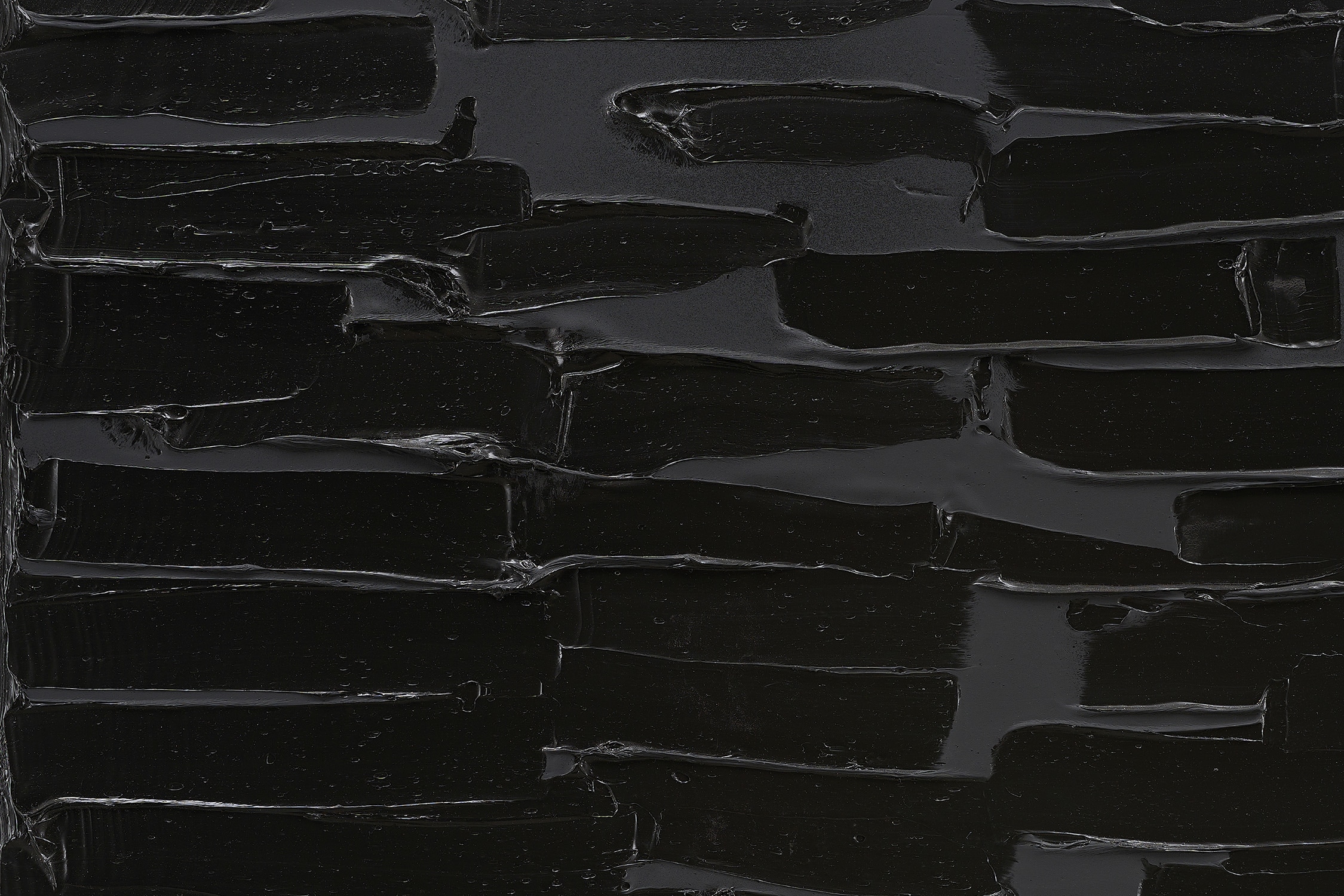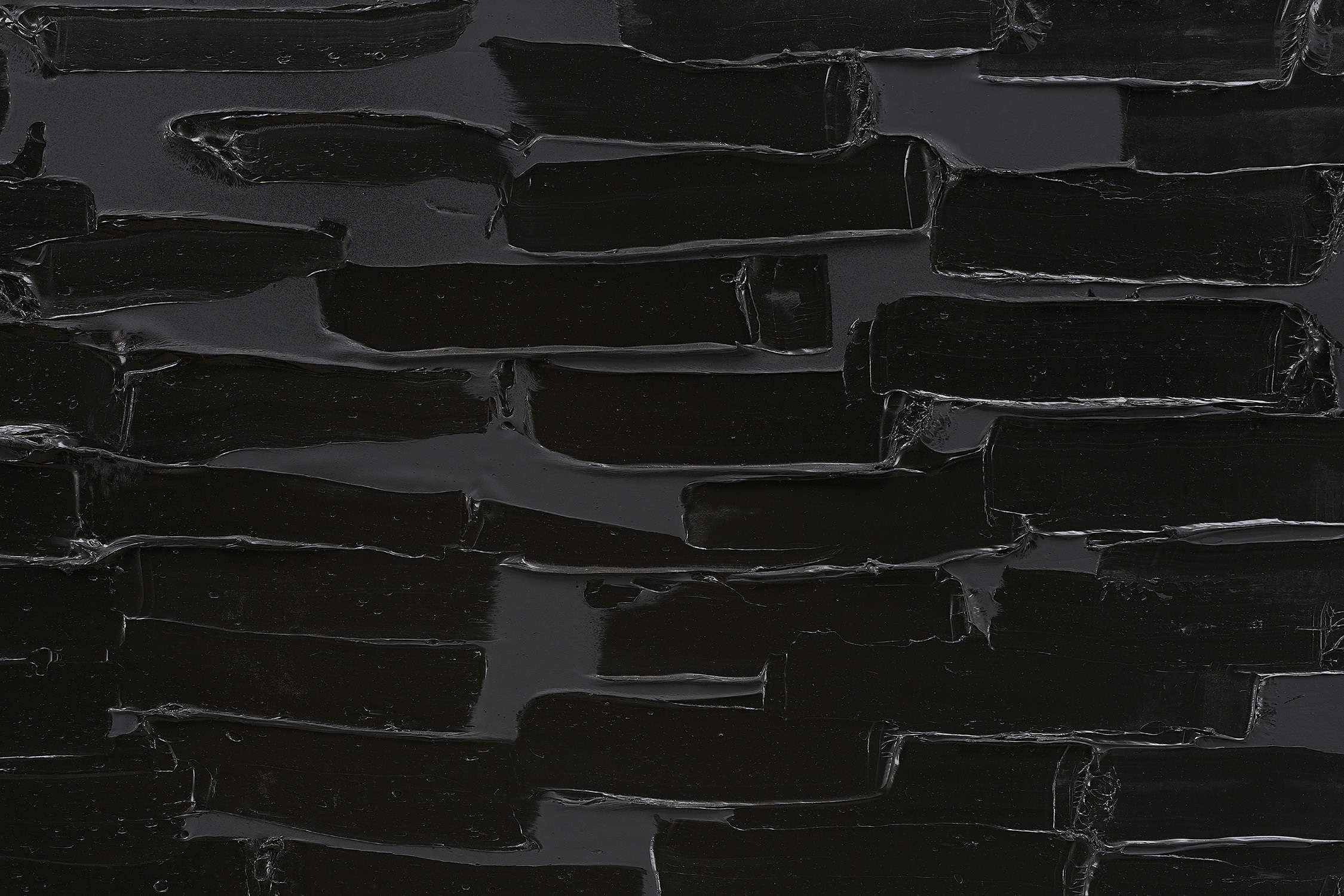









29Ο◆
Pierre Soulages
Peinture 102 x 130 cm, 11 mars 2016
signed, titled and dated 'SOULAGES "102 x 130 11 03 2016"' on the reverse
acrylic on canvas
102 x 130 cm. (40 1/8 x 51 1/8 in.)
Painted 11 March 2016, this work is accompanied by a certificate of authenticity signed by the artist.